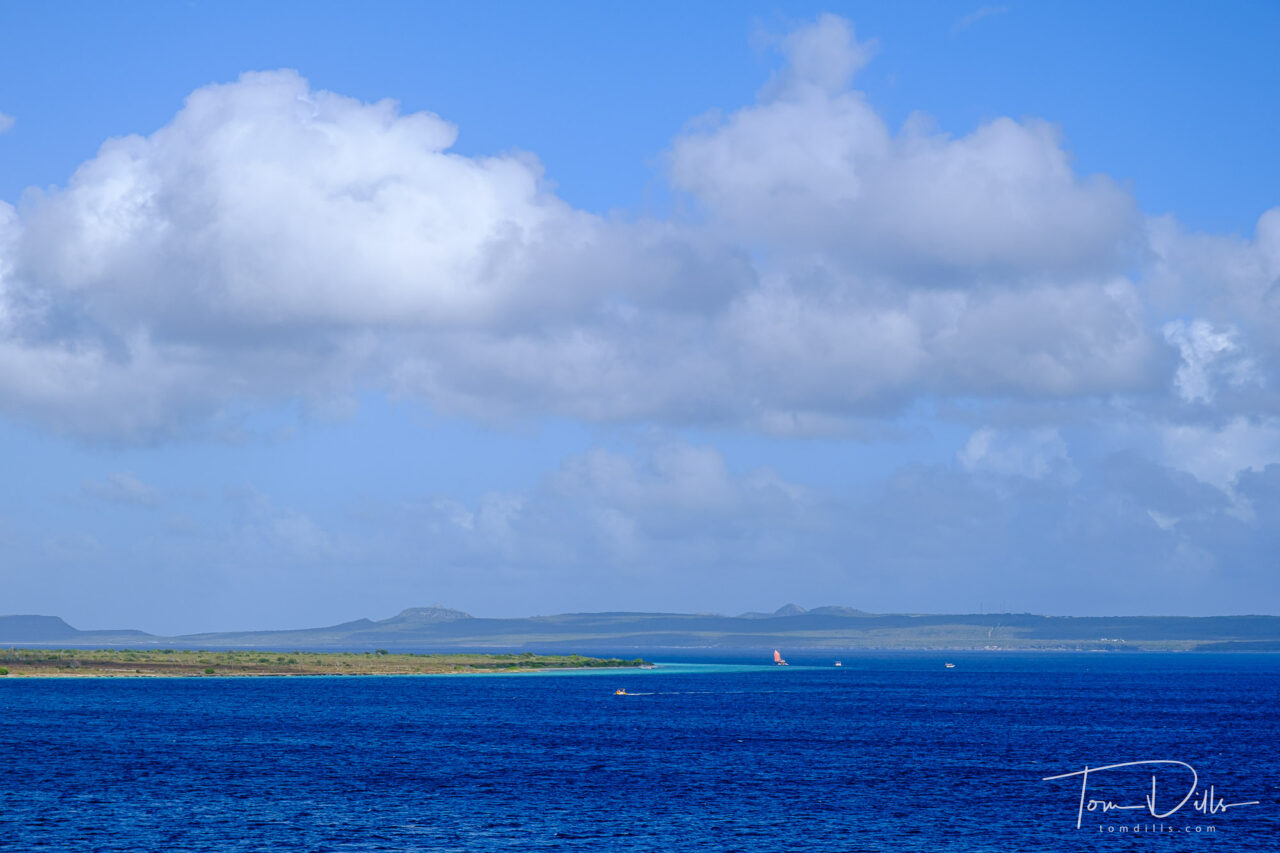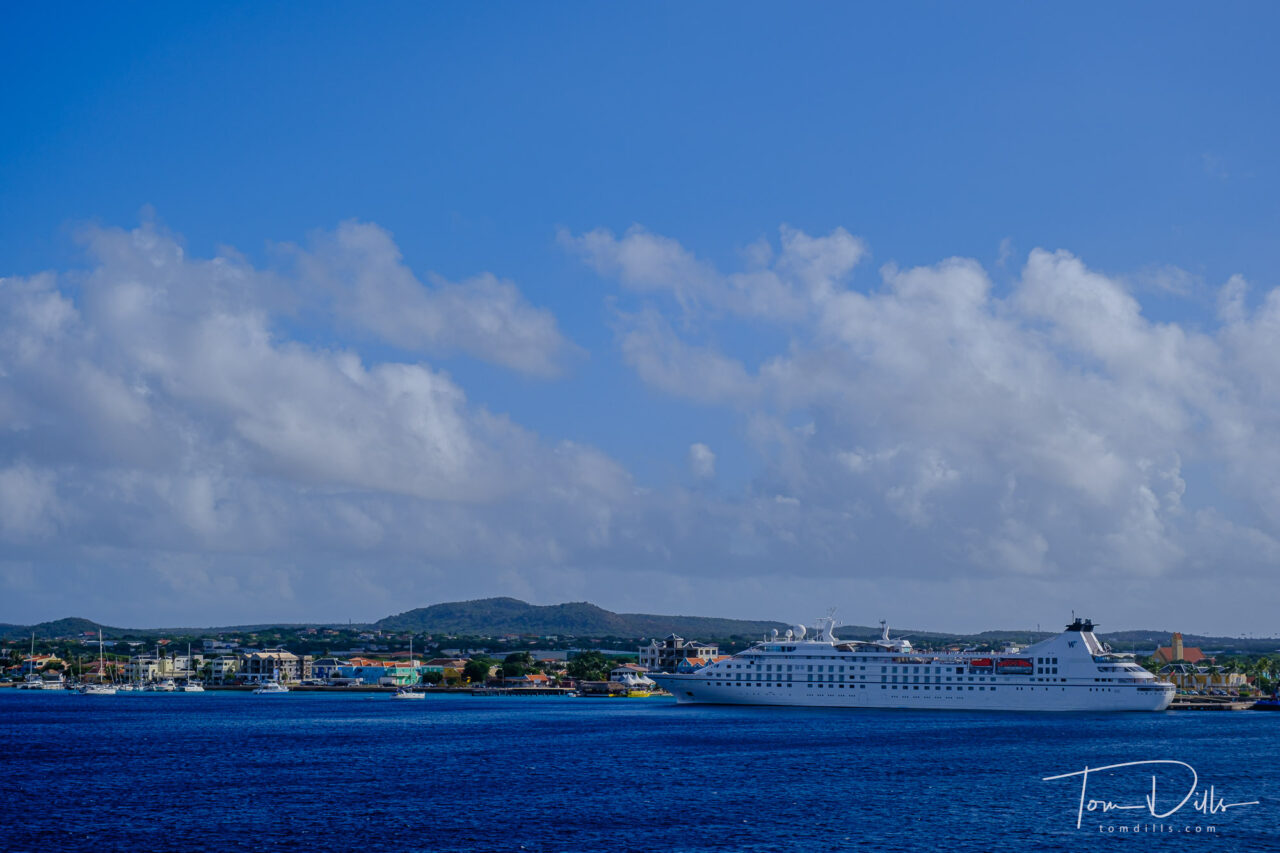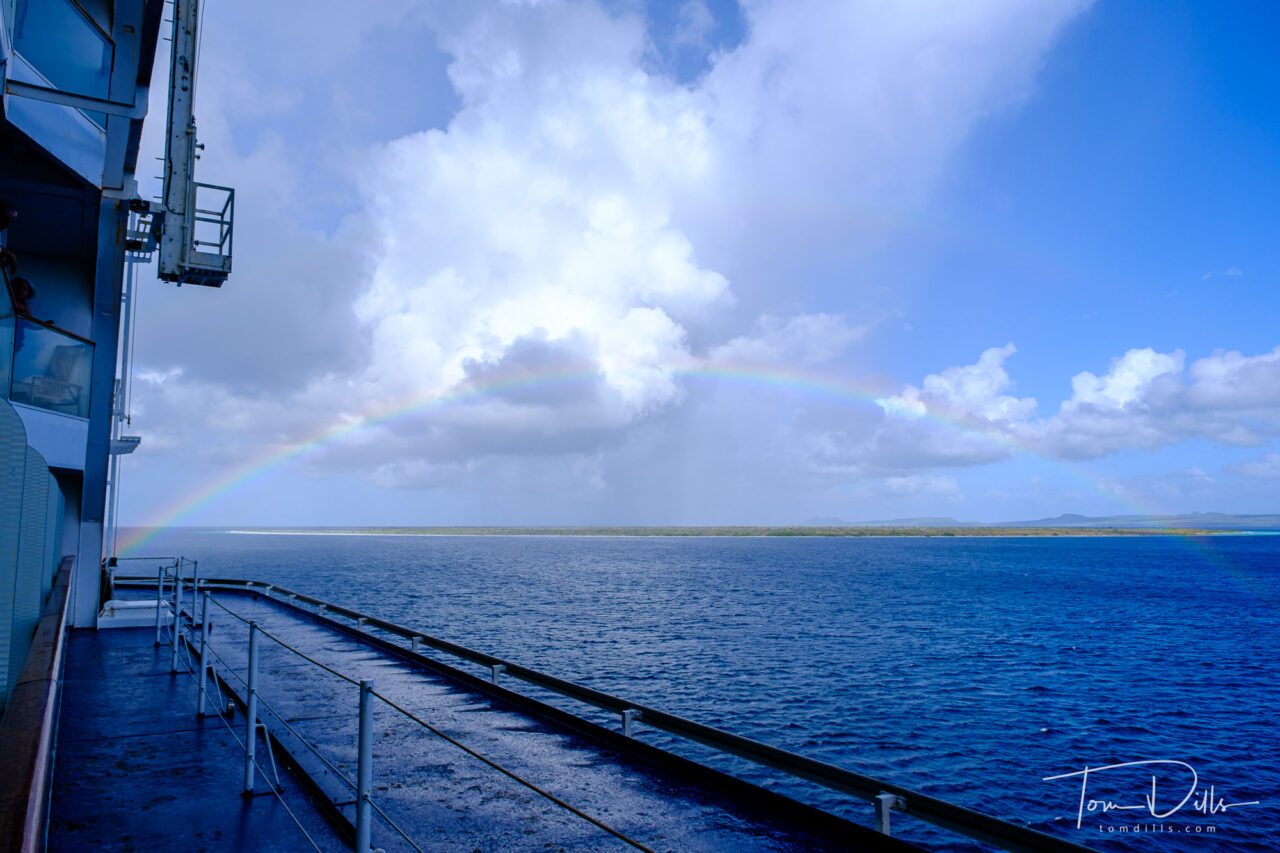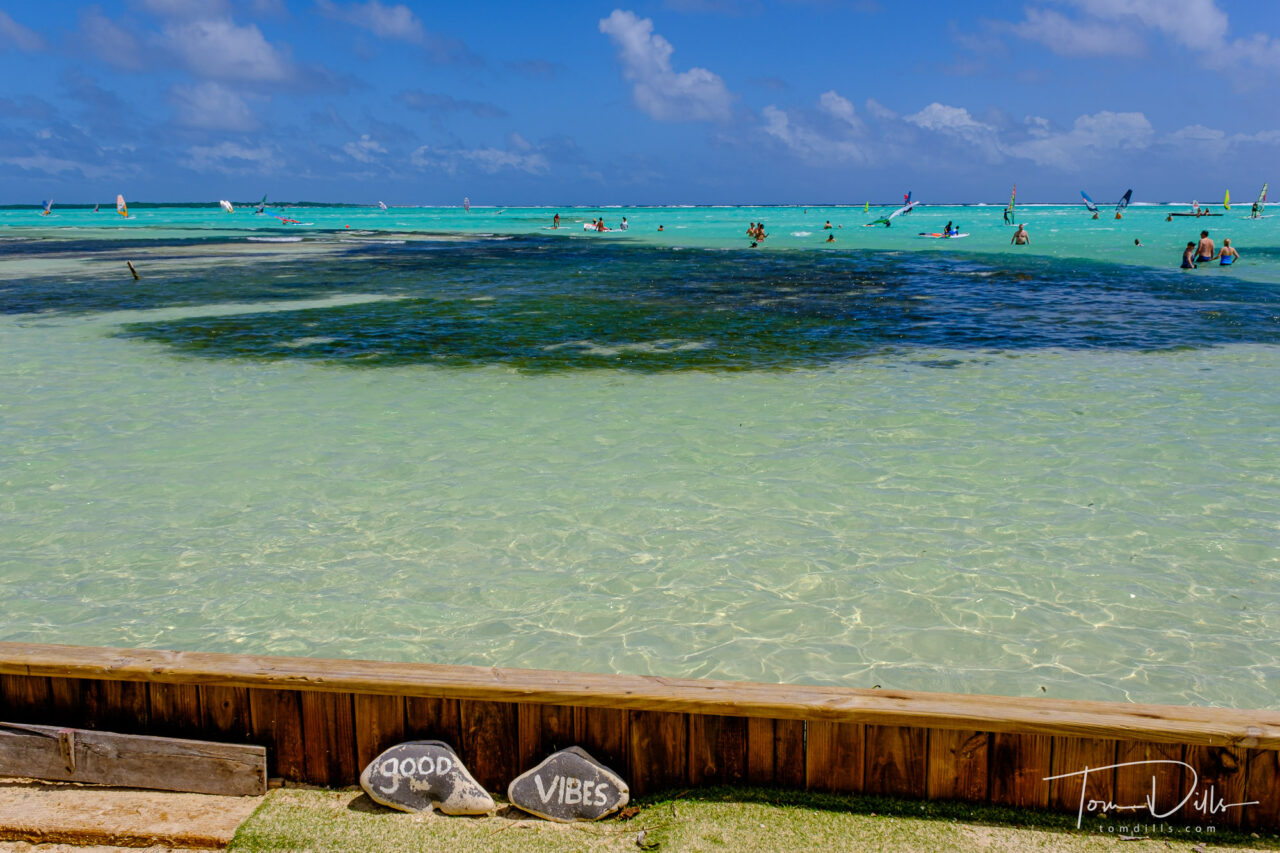
‘Bon Bini’ means ‘Welcome’ in Papiamentu, which is the common local language on Bonaire.
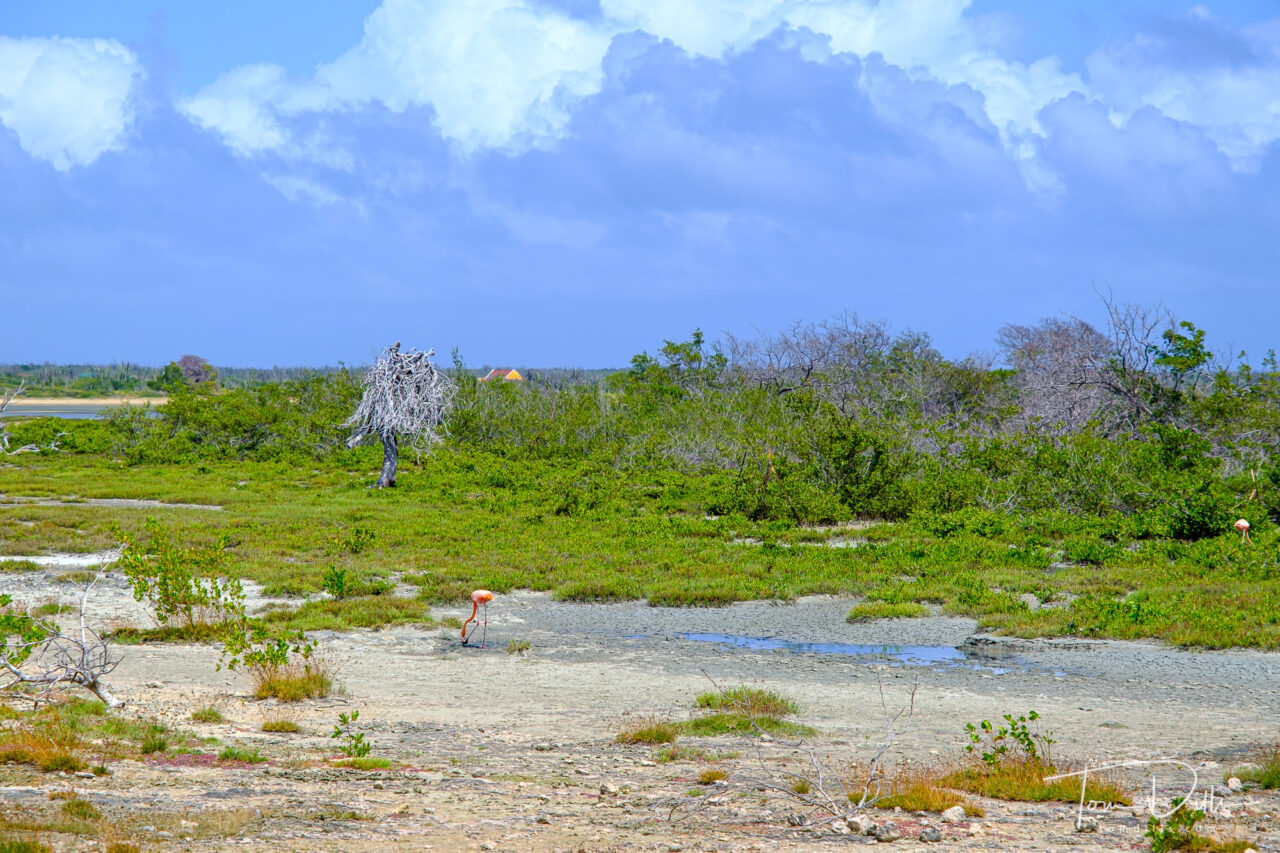
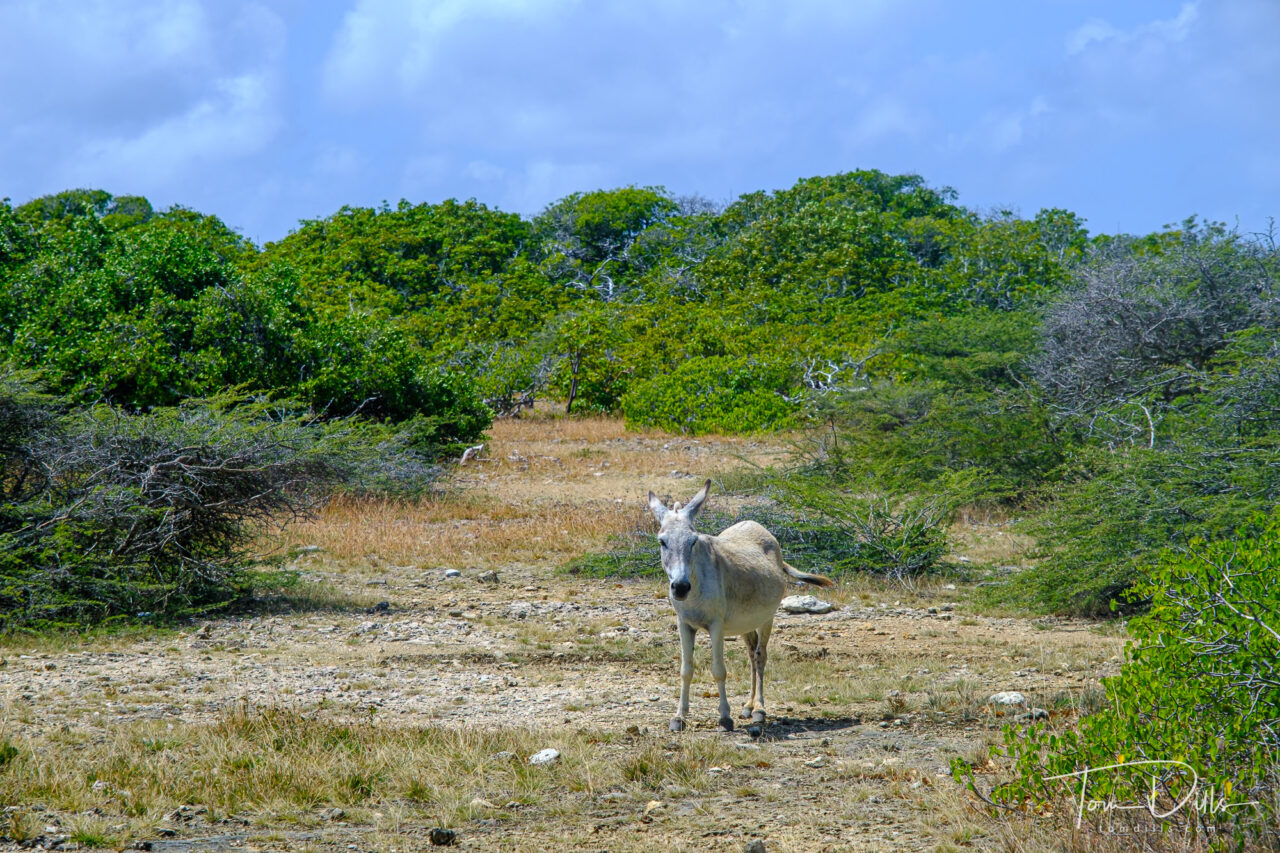
This was only our second visit to this lovely island, as not too many cruise ships stop there, opting instead for the more popular Aruba and Curacao. We last visited in 2007, and while we knew we enjoyed the island, we hadn’t remembered a whole lot about it. I tried to set up a private tour, but we couldn’t generate enough interest on our message boards to make it cost effective, so we booked a ship tour to see the highlights.
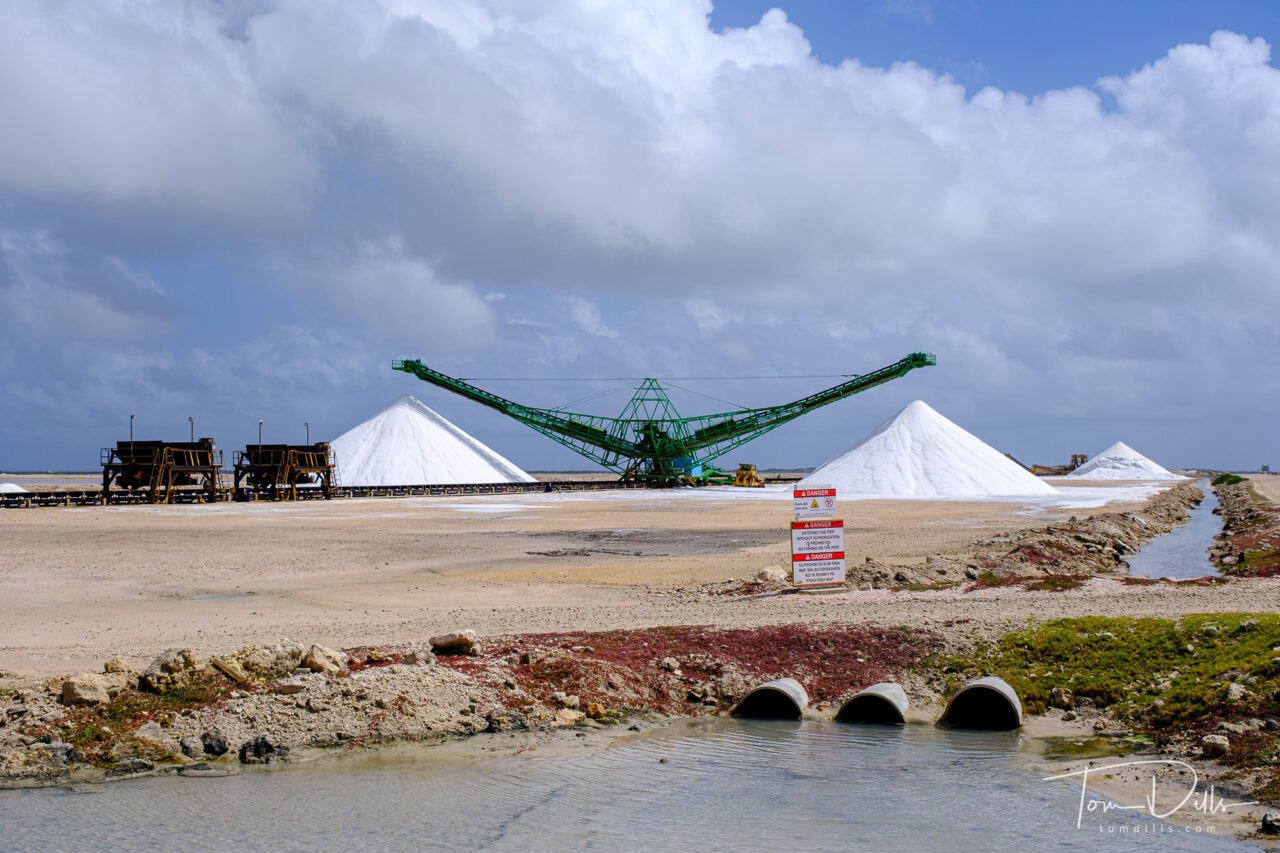
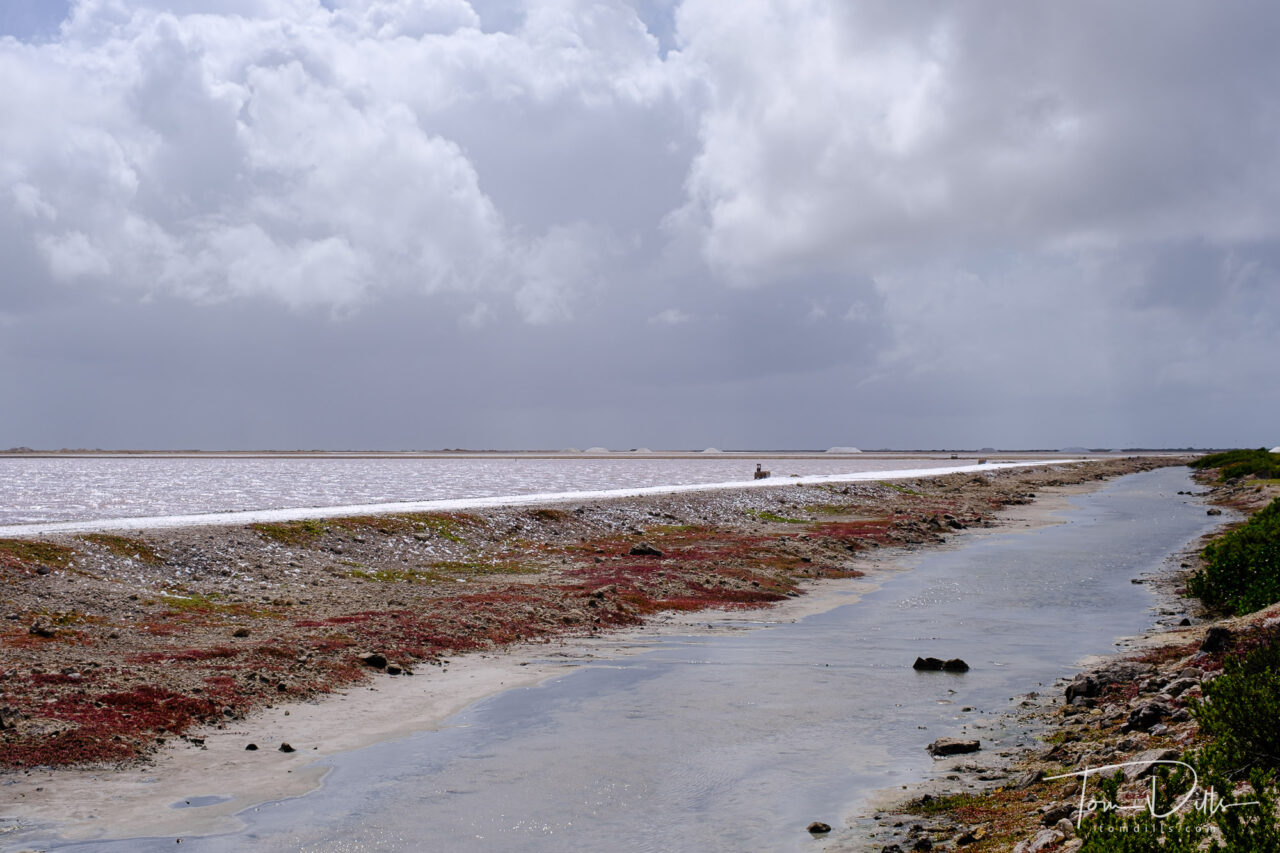
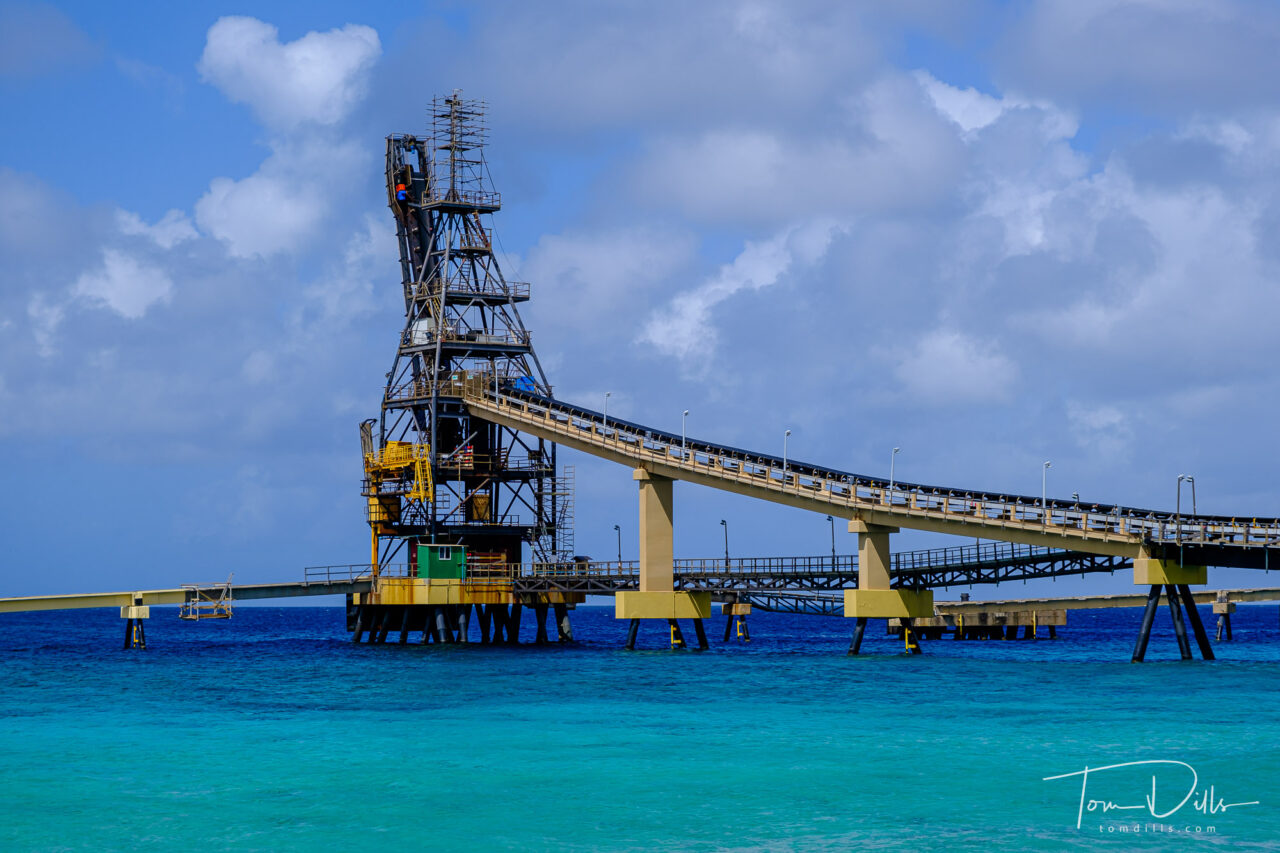
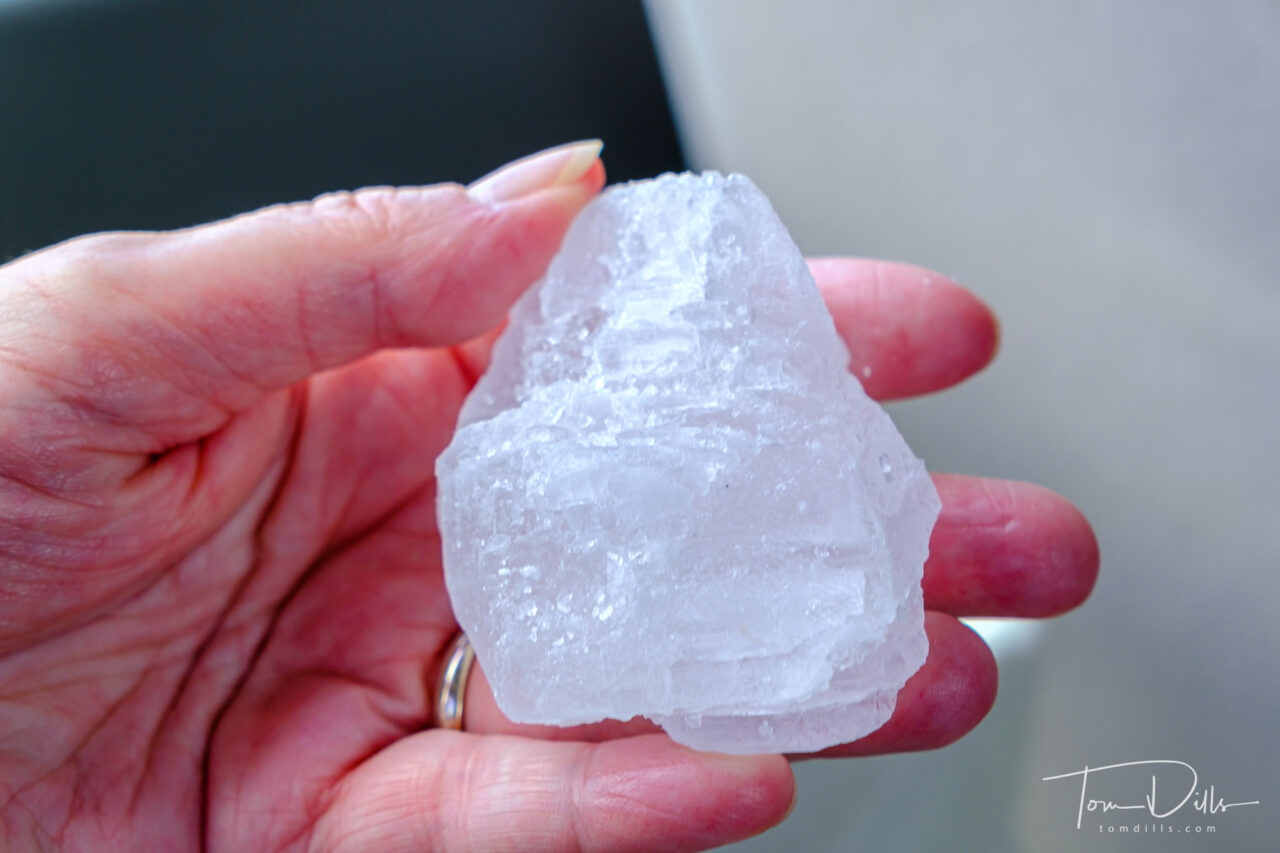
The main industry on Bonaire other than tourism is salt. Yes, salt. There is a huge Cargill salt facility there, where they evaporate sea water in large ponds, scrape away the salt then move it out to container ships to be sent around the world.
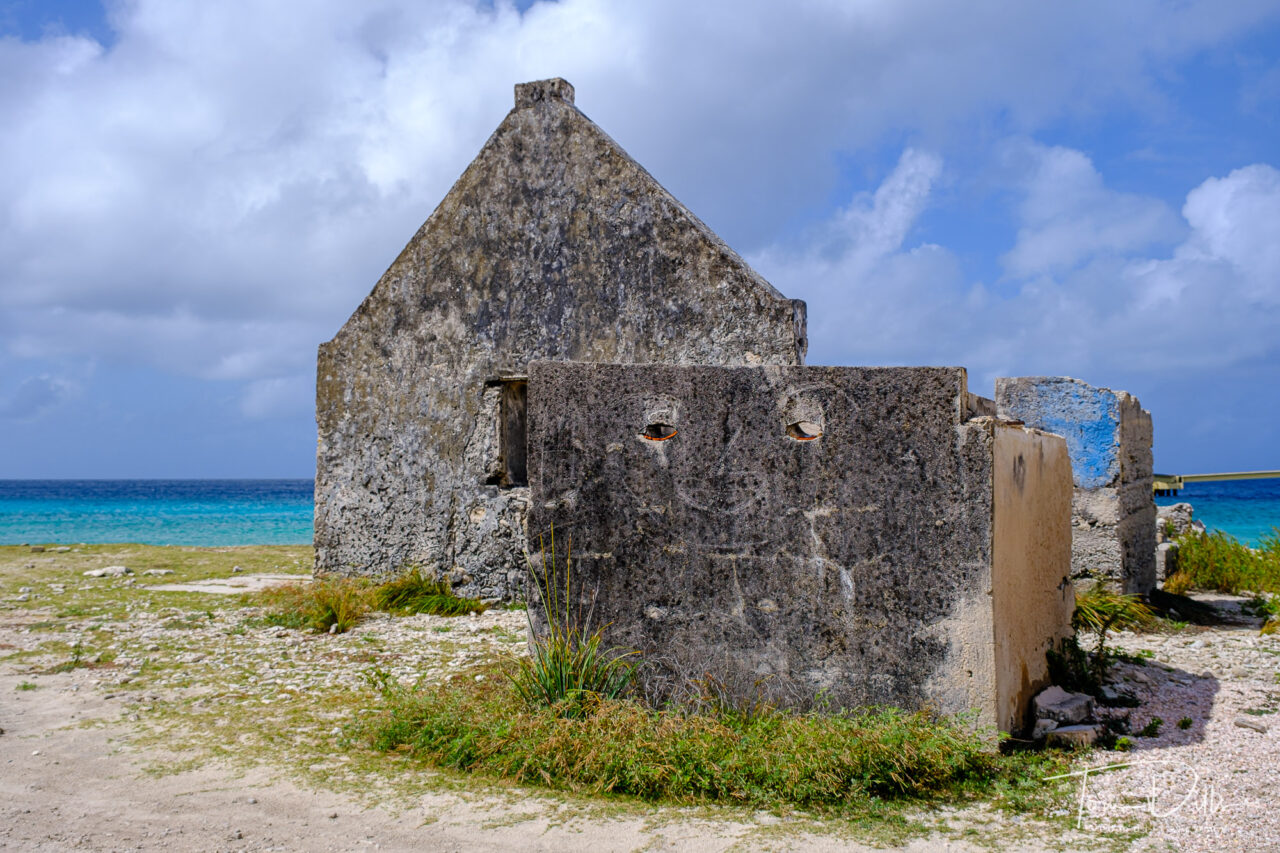
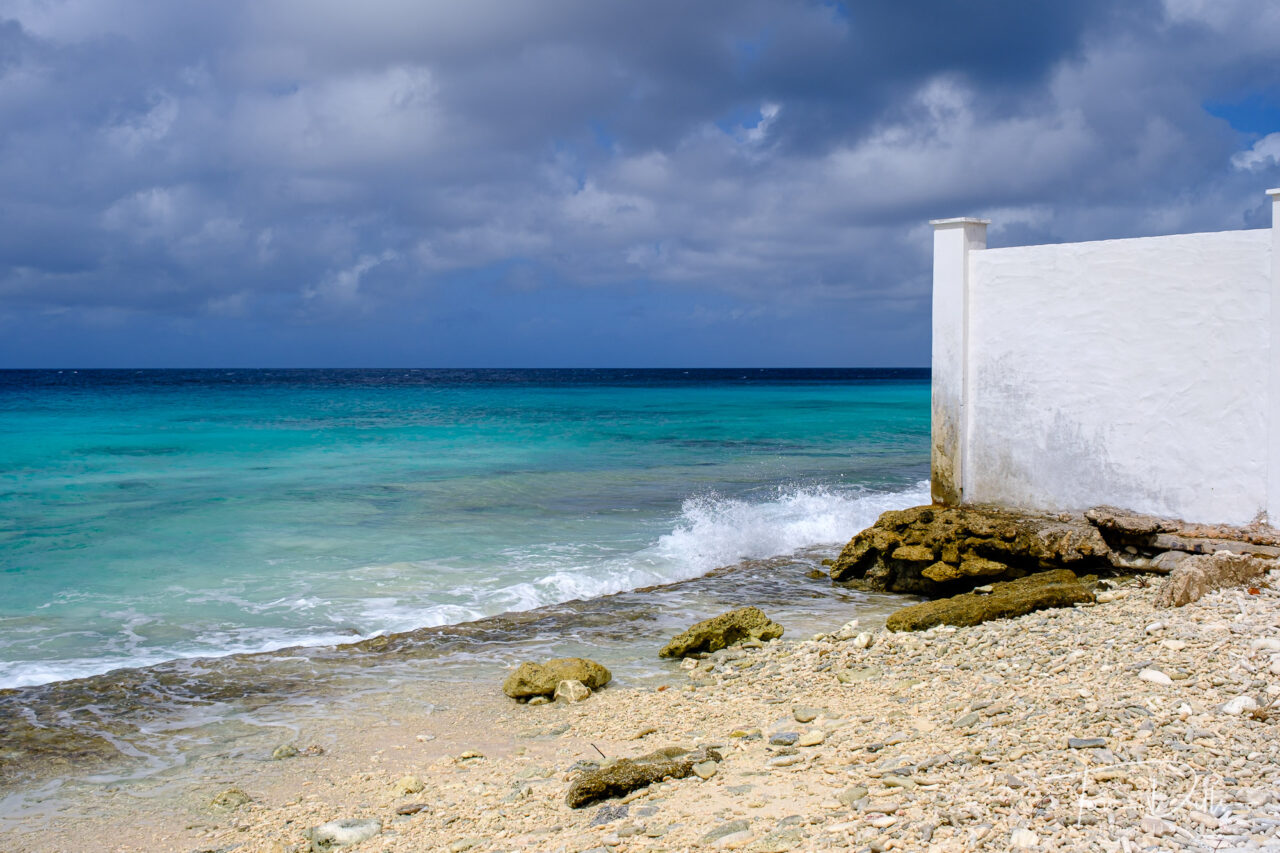
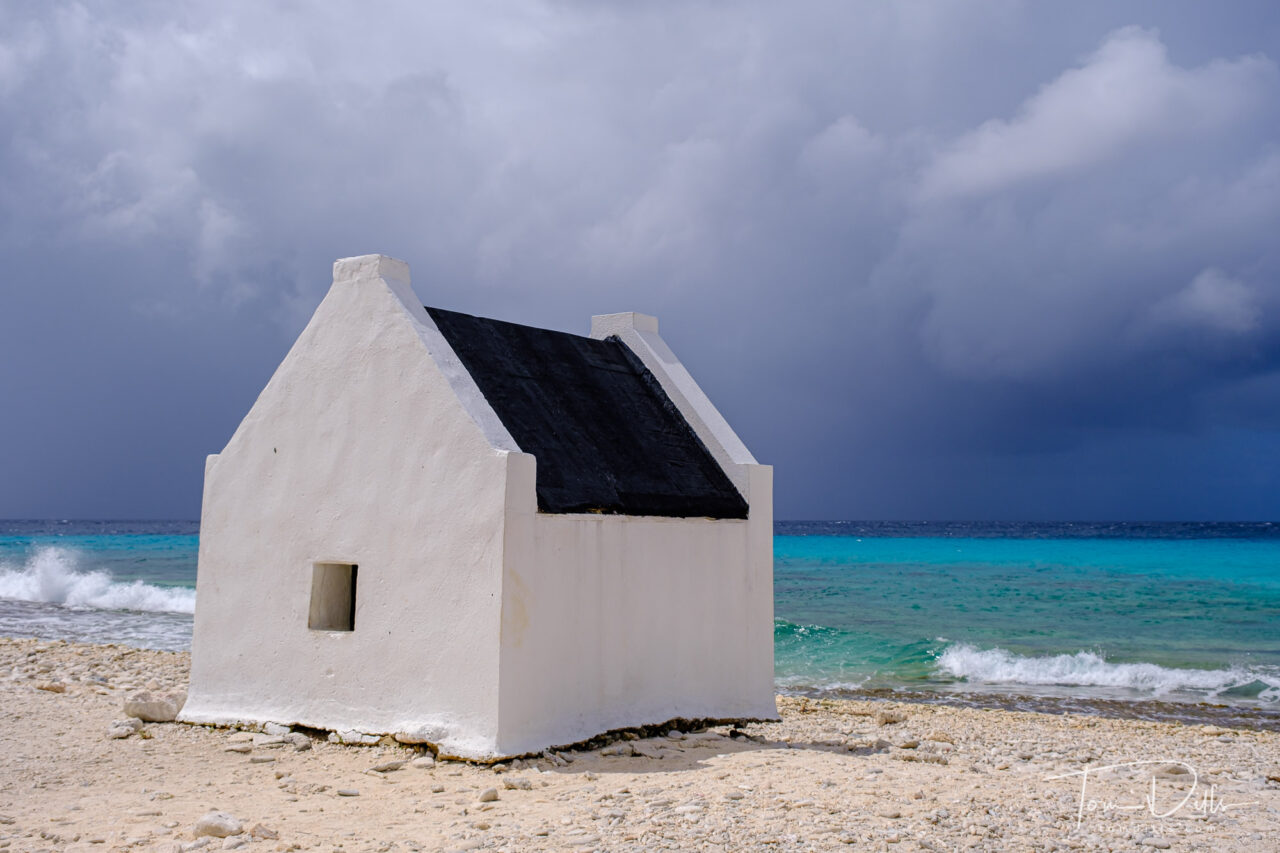
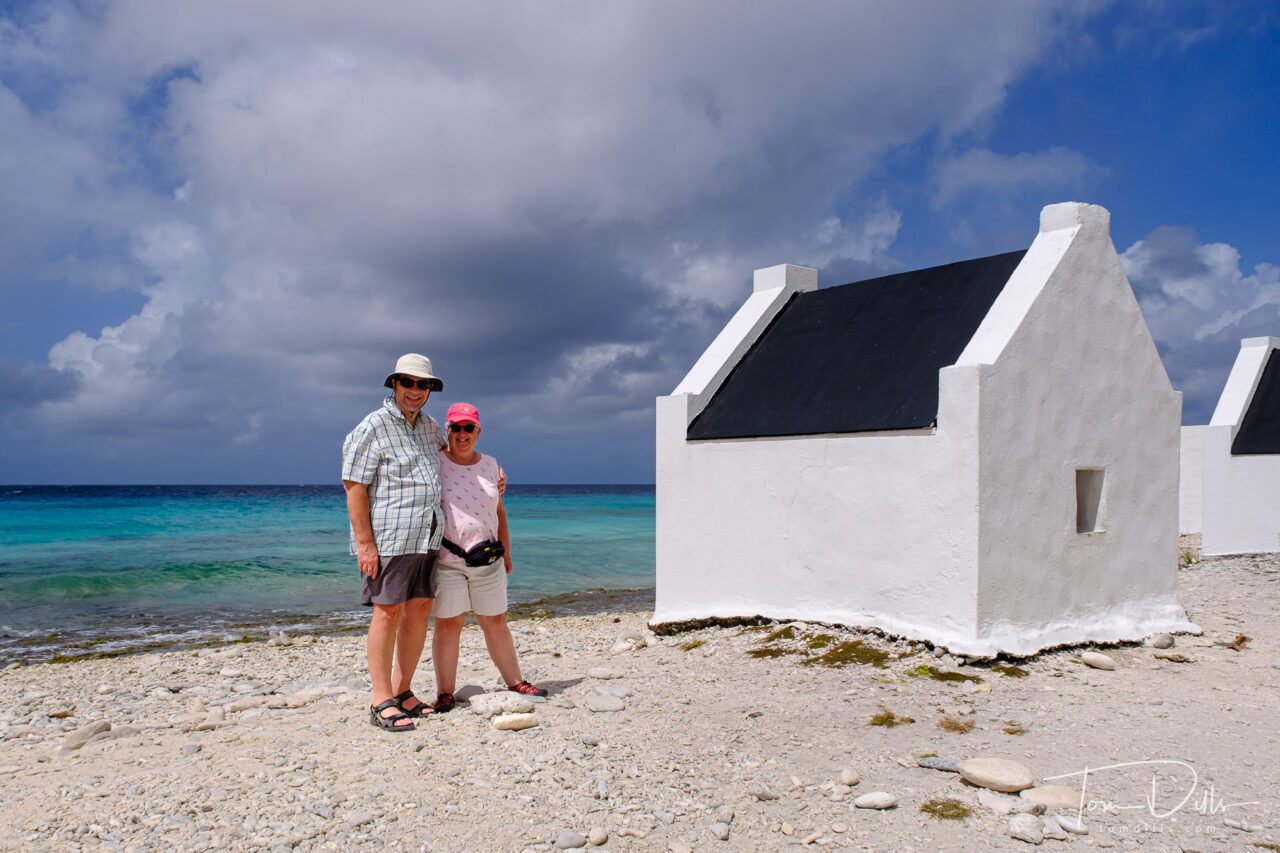
The island is very dry and arid, and is probably best known as a diver’s paradise due to the shallow and clean water. We enjoy looking at water more than getting in it, but there is plenty to see and do for everyone. Flamingos are also very common on Bonaire, and while they are generally pretty shy, we did manage to come across a few.
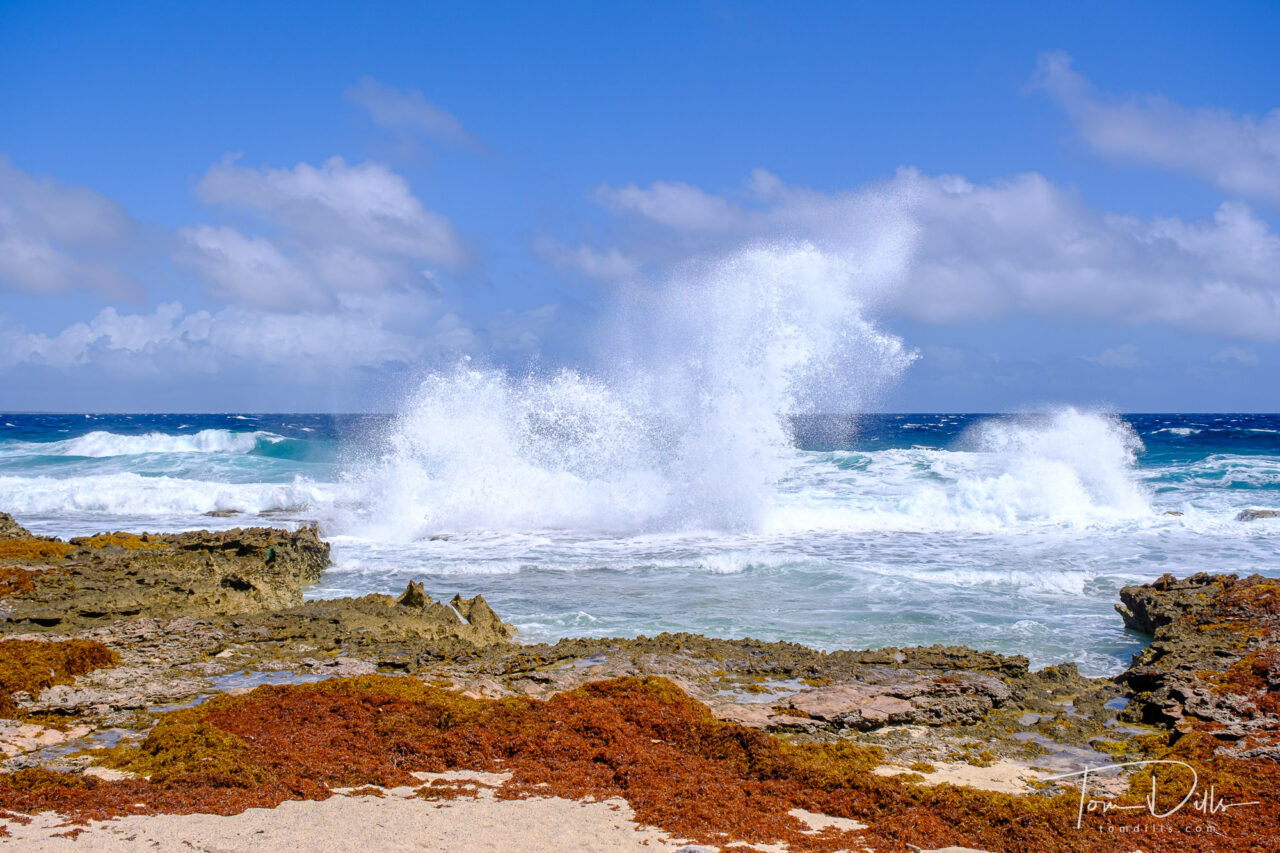
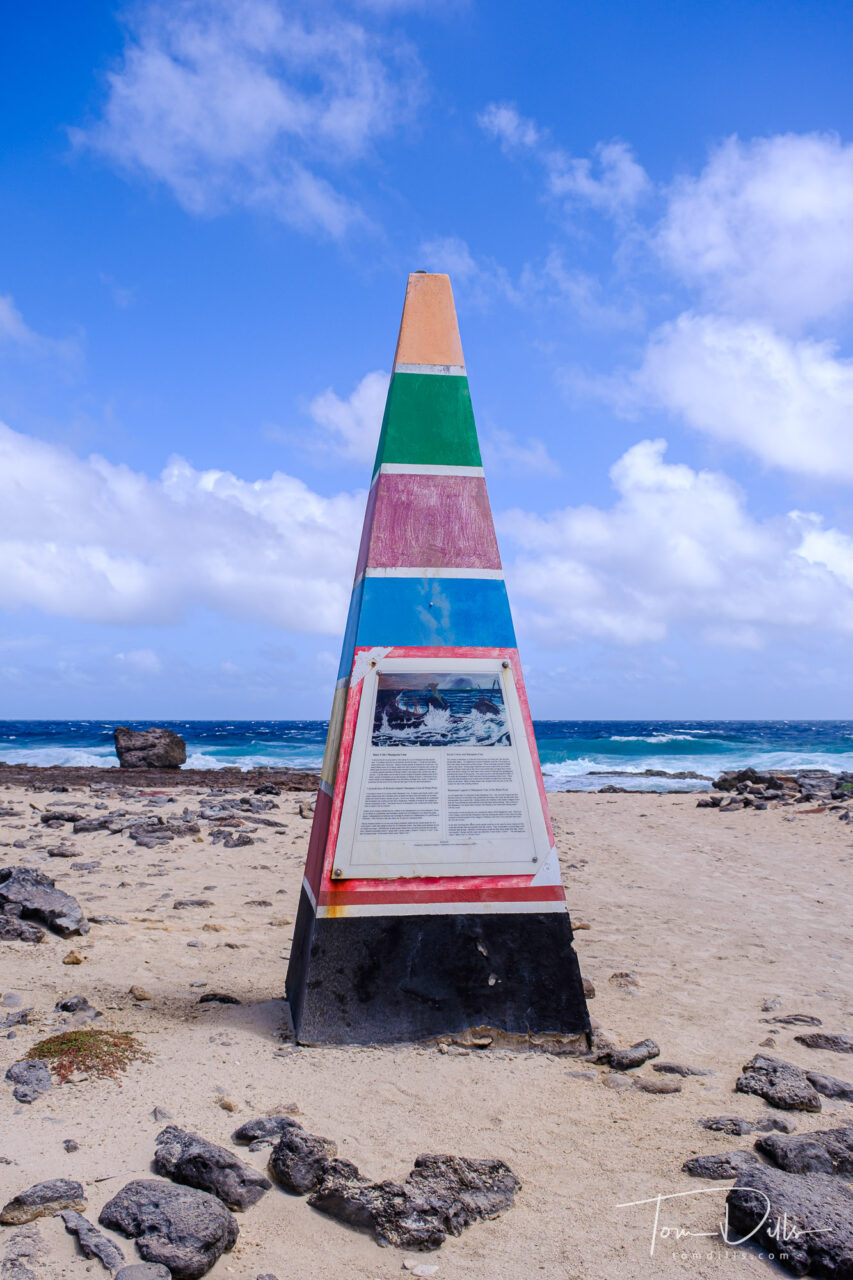
Along several beaches are restored slave huts. These huts were used to shelter the workers that were brought here in the early days of salt production, before the implementation of heavy machinery. The huts are pretty to look at, even though they represent a less than pleasant past.
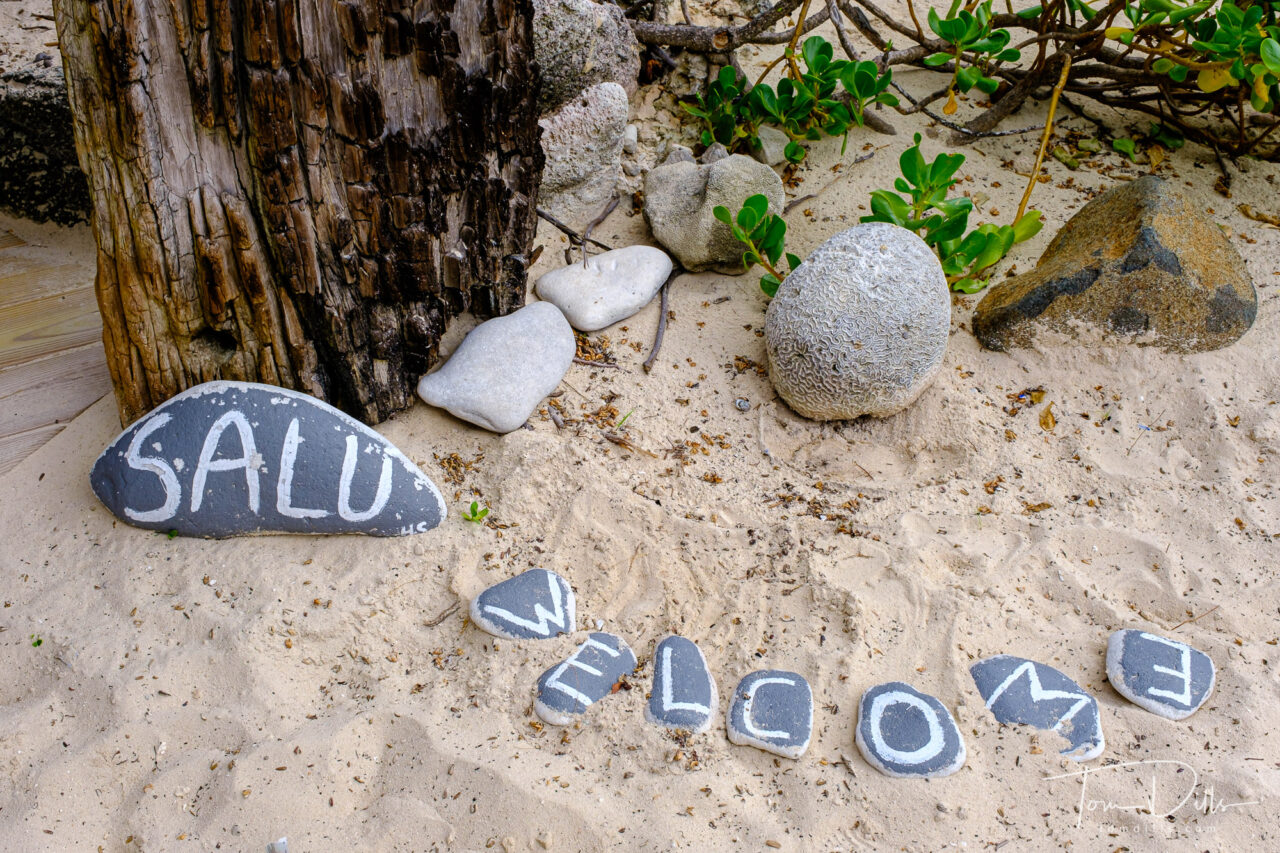
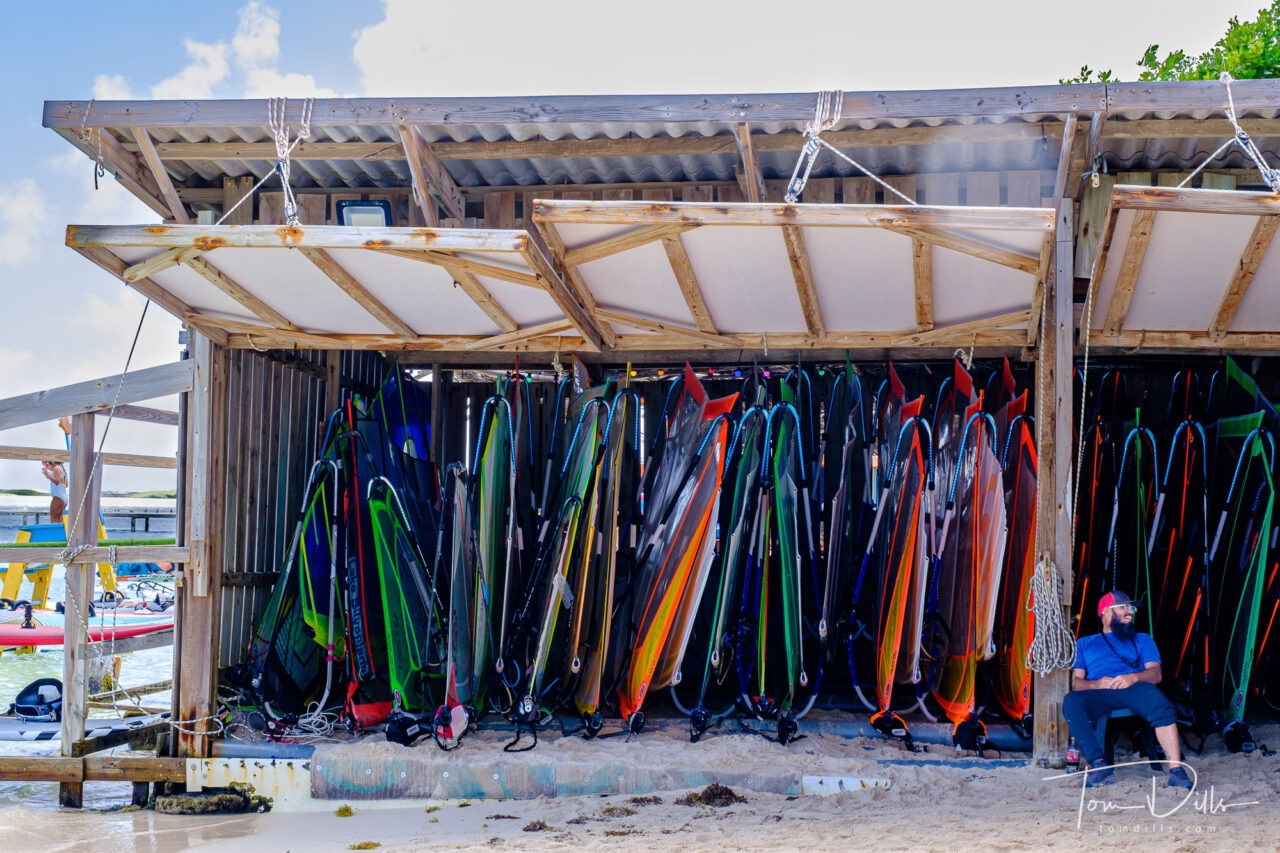
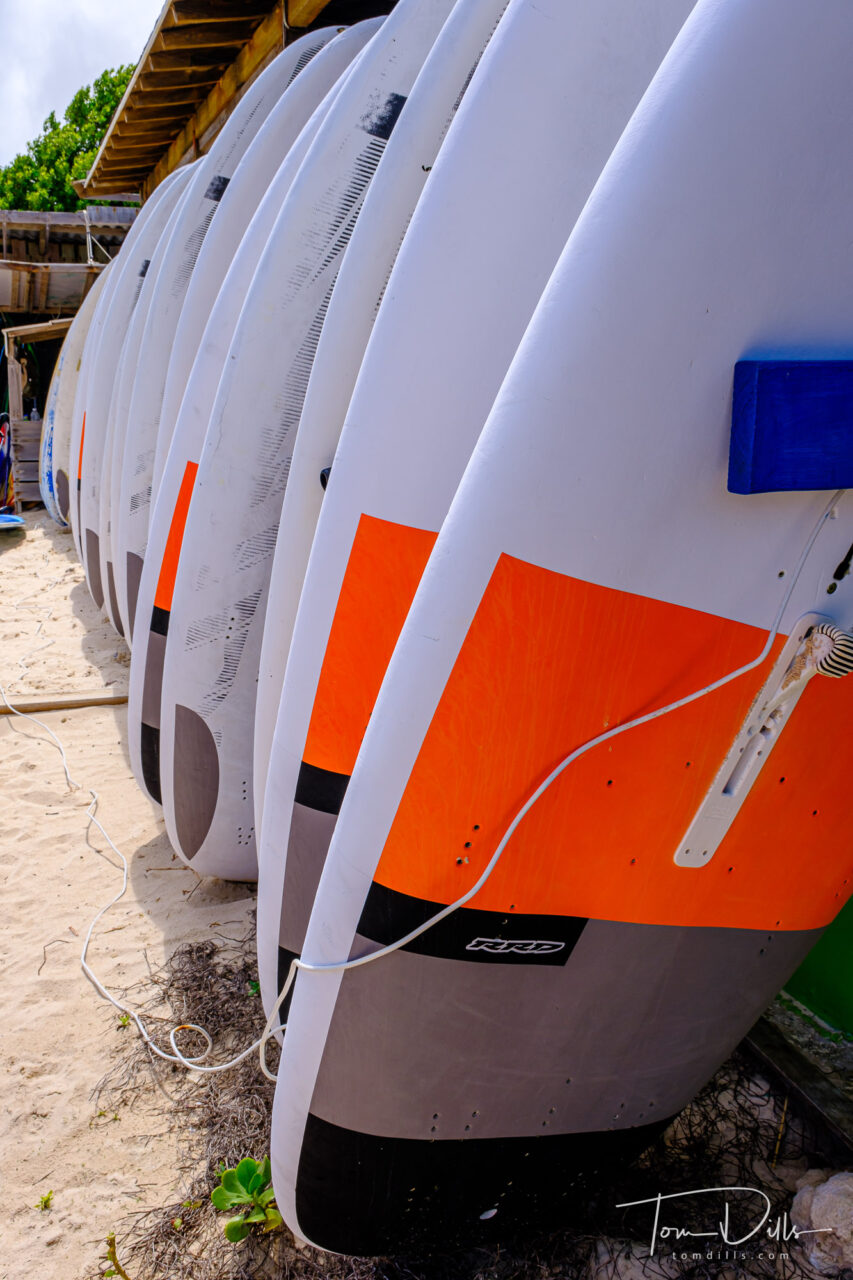
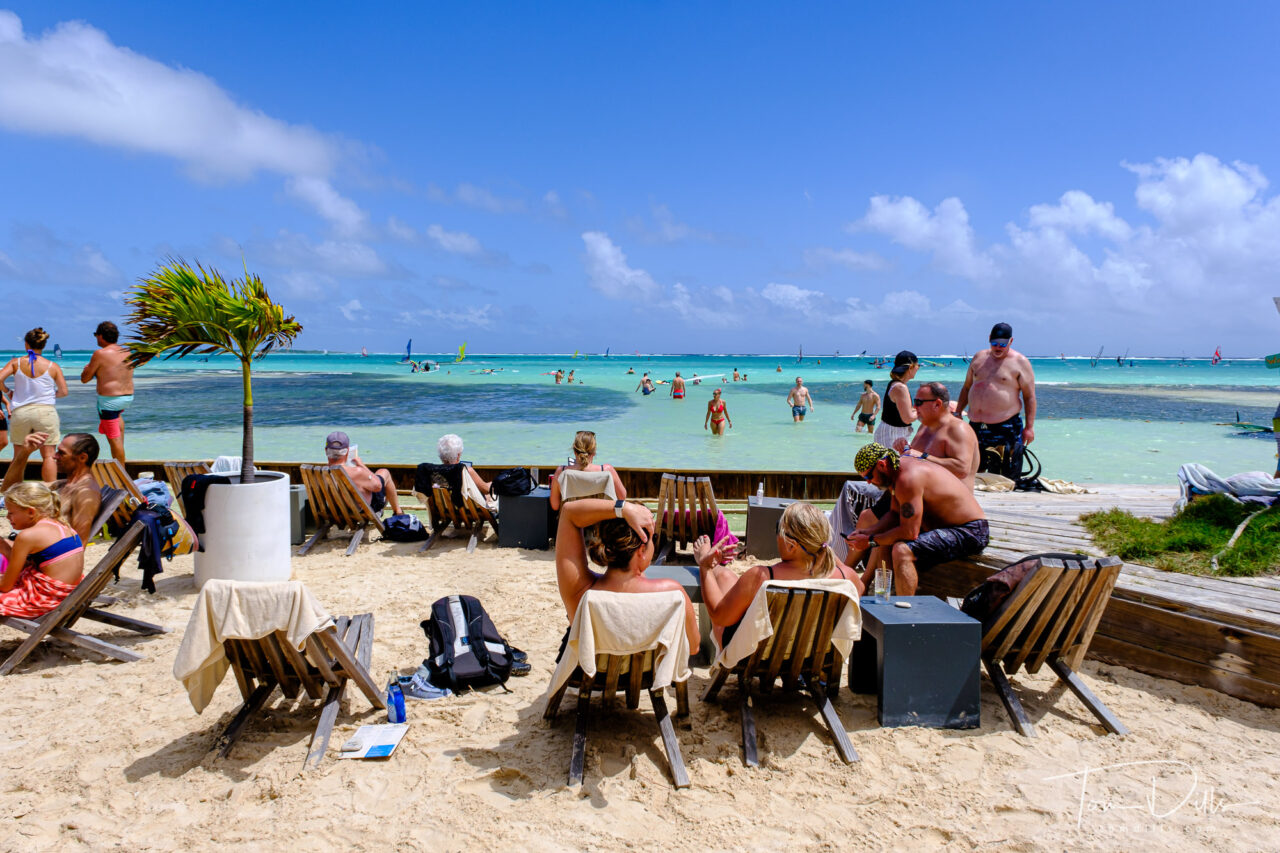
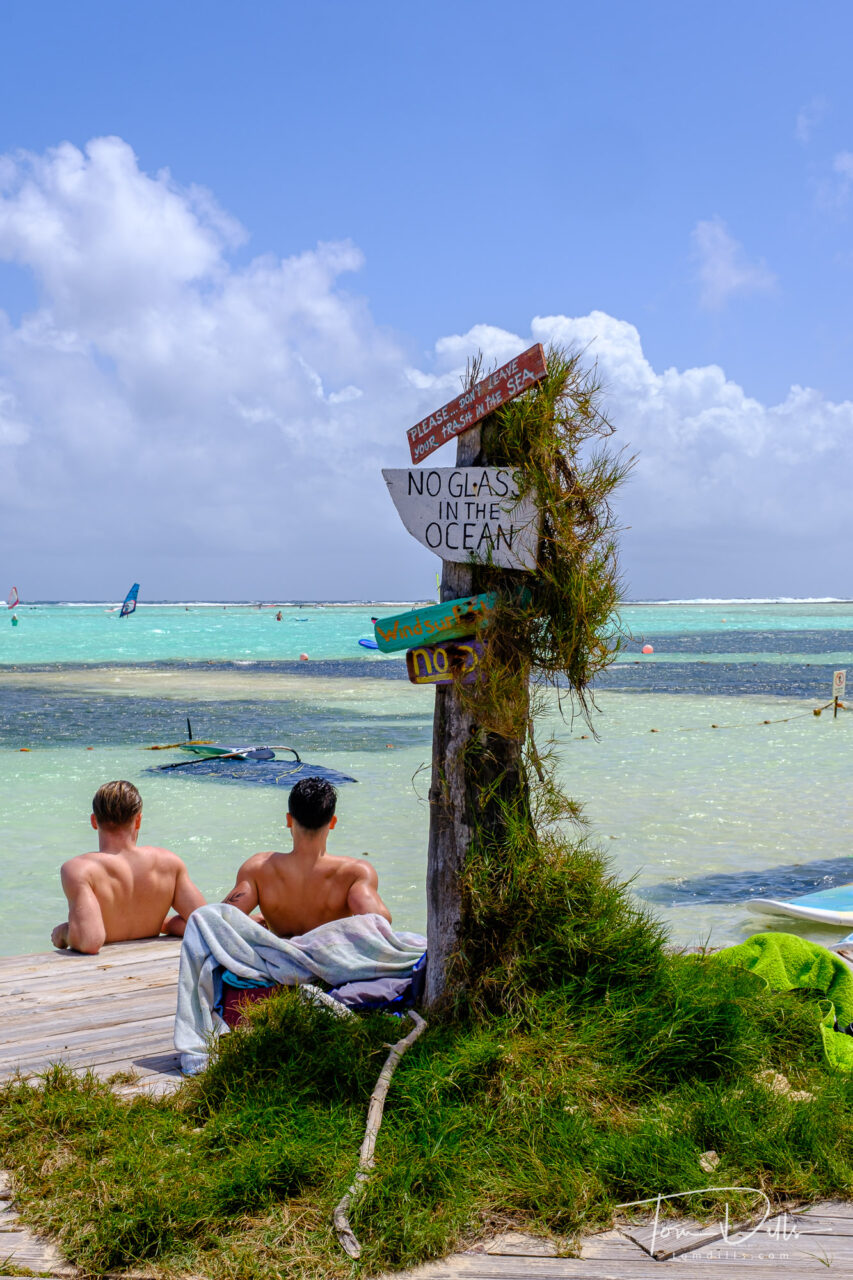
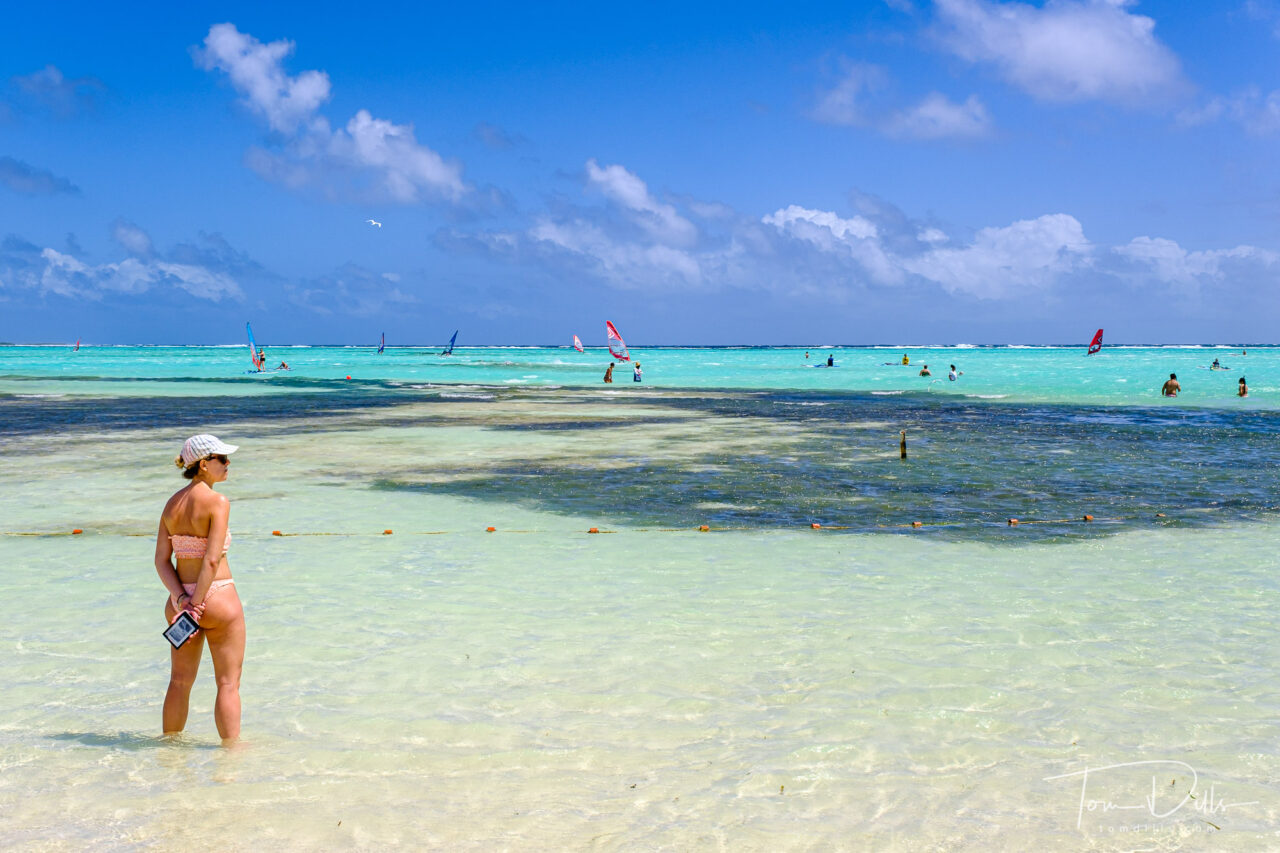
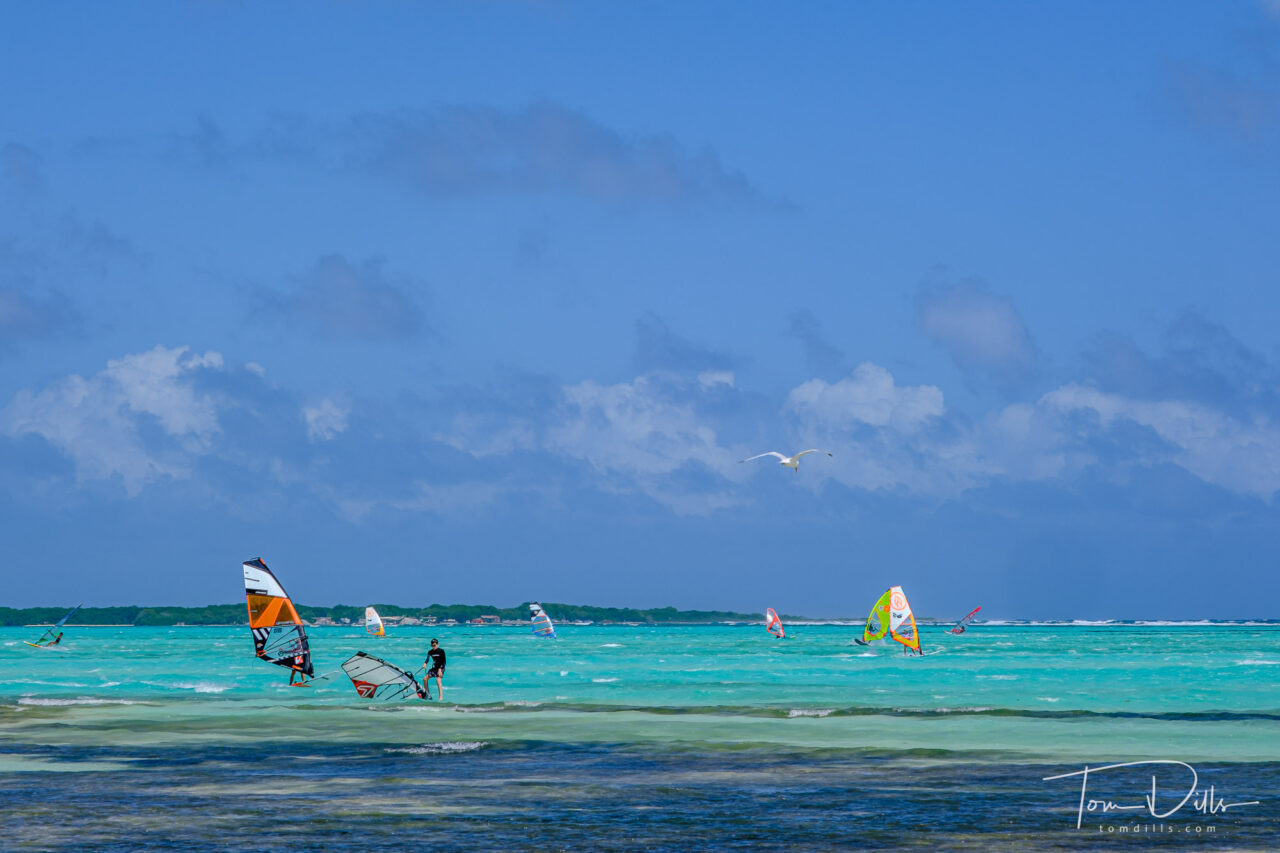
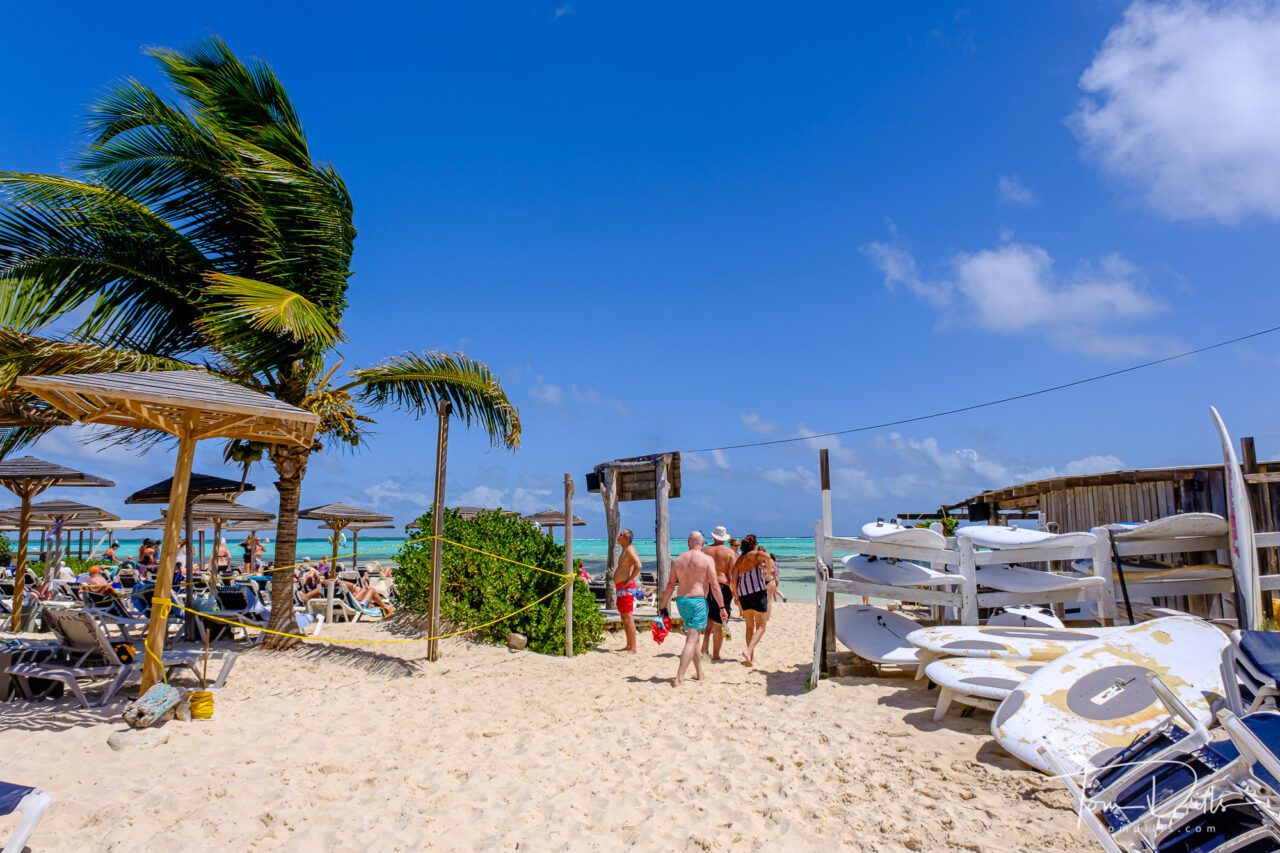
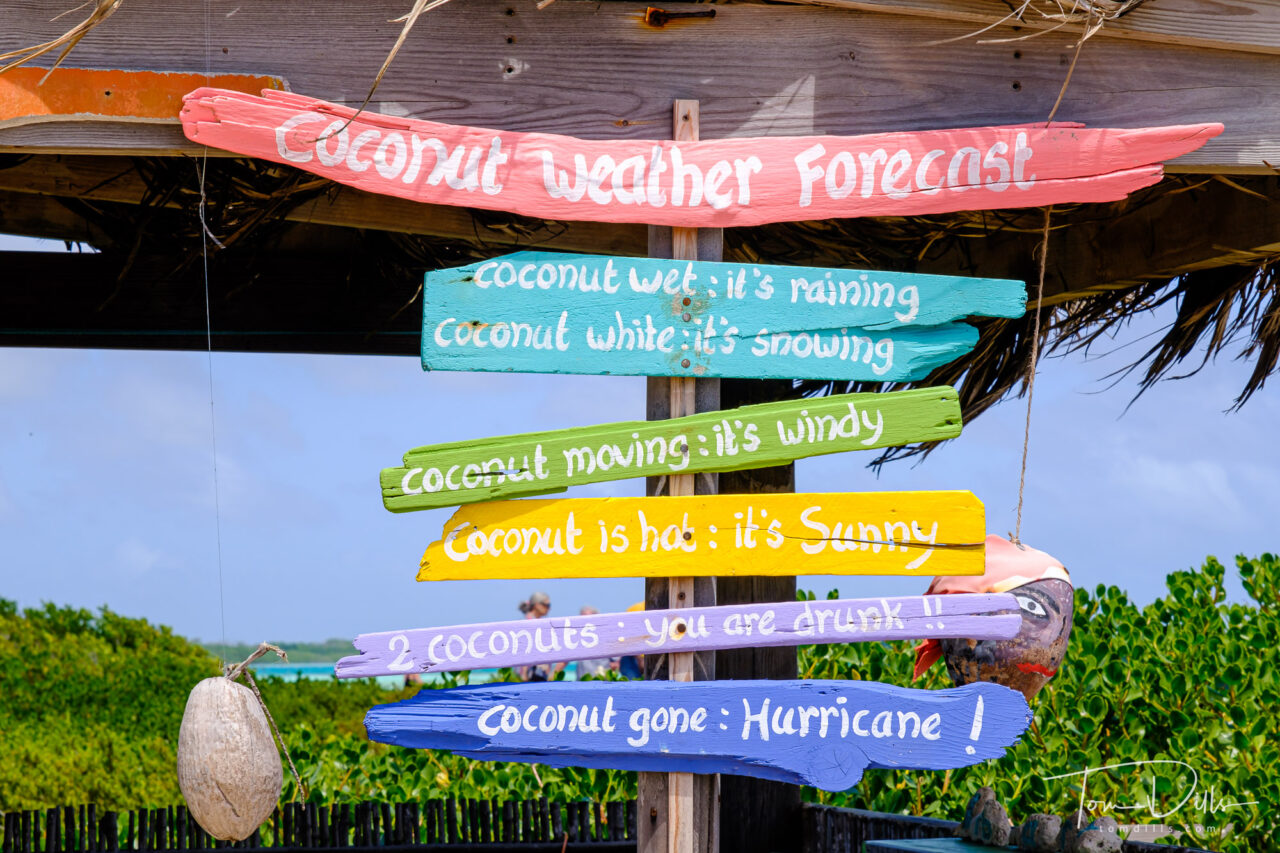
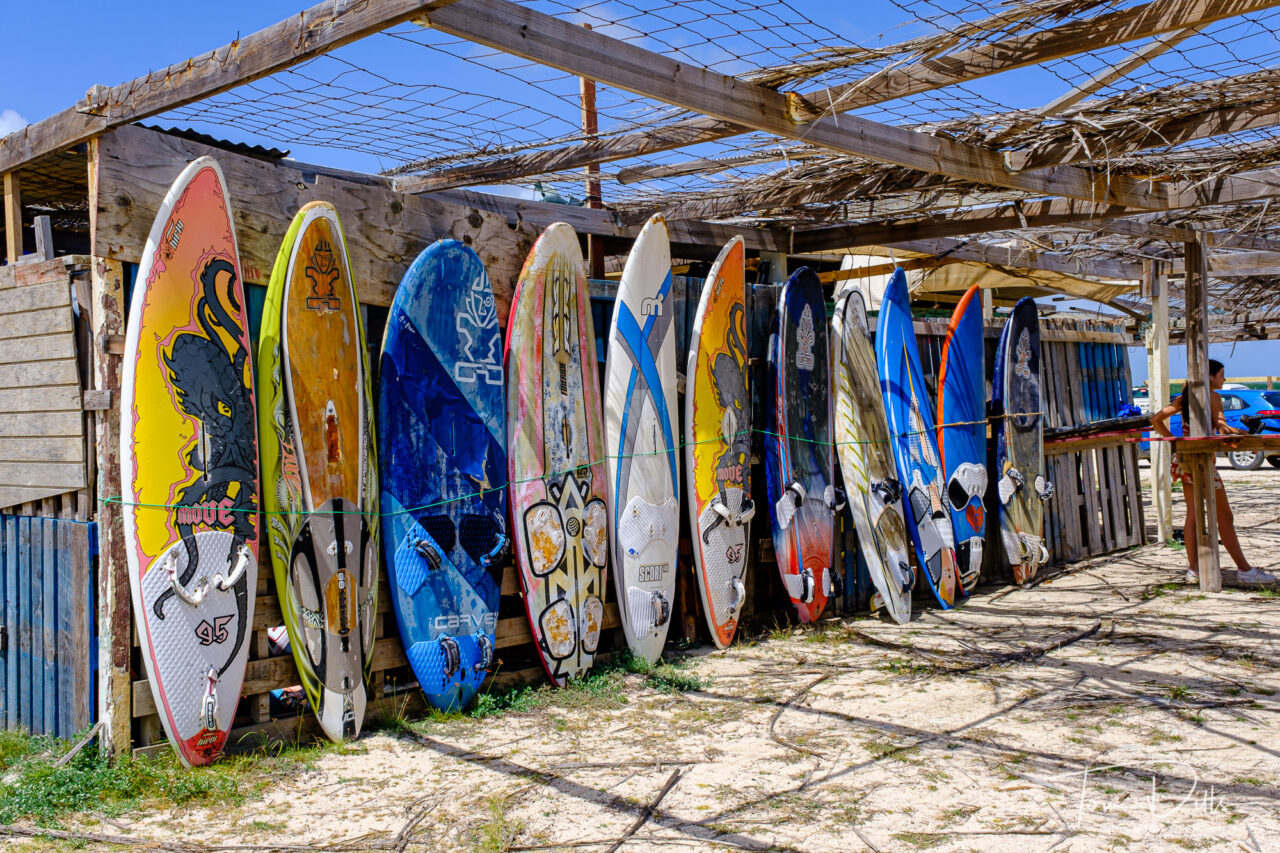
The Atlantic coast has several beaches with huge waves, and the prevailing winds make places like Sorobon Beach especially attractive for wind surfing and kite boarding. There is also a place on the island where you can rent go karts that are powered by sails.
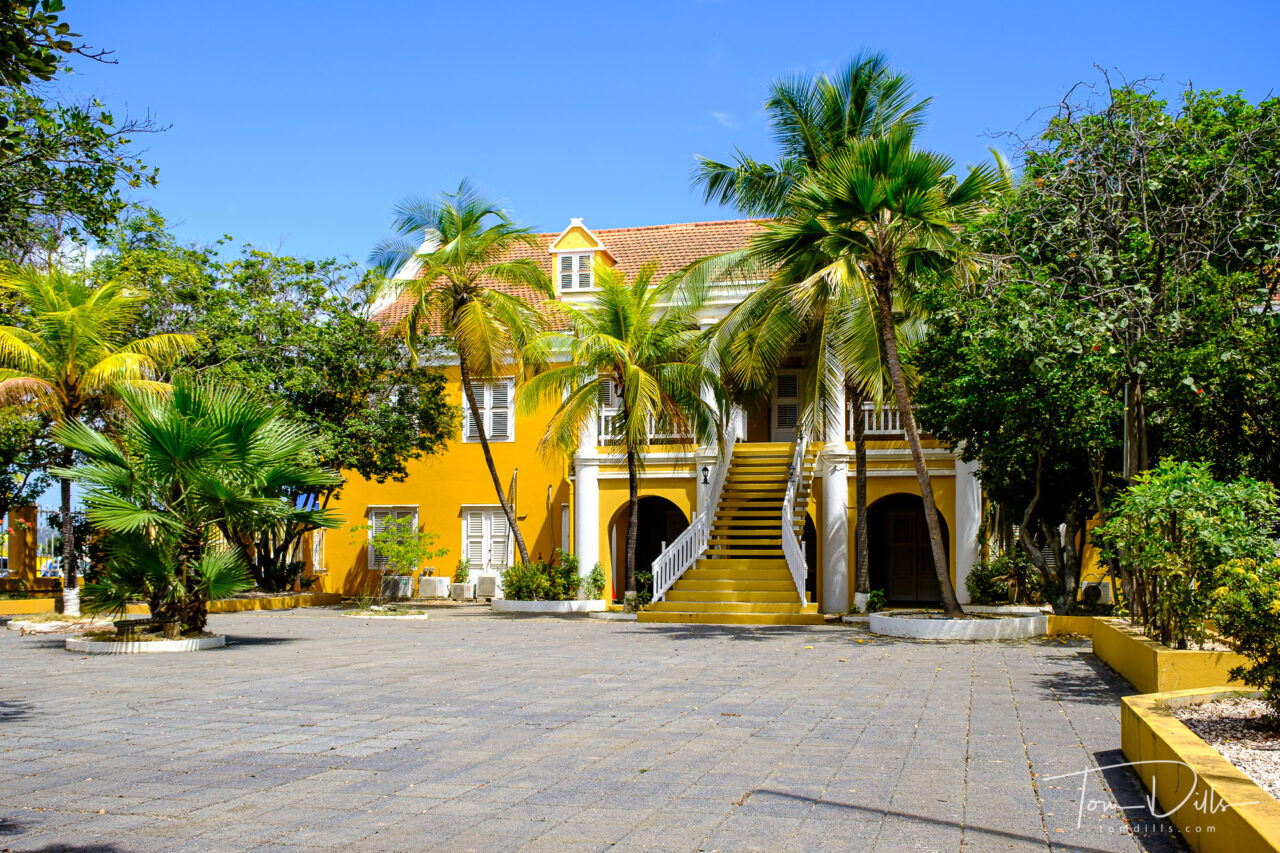
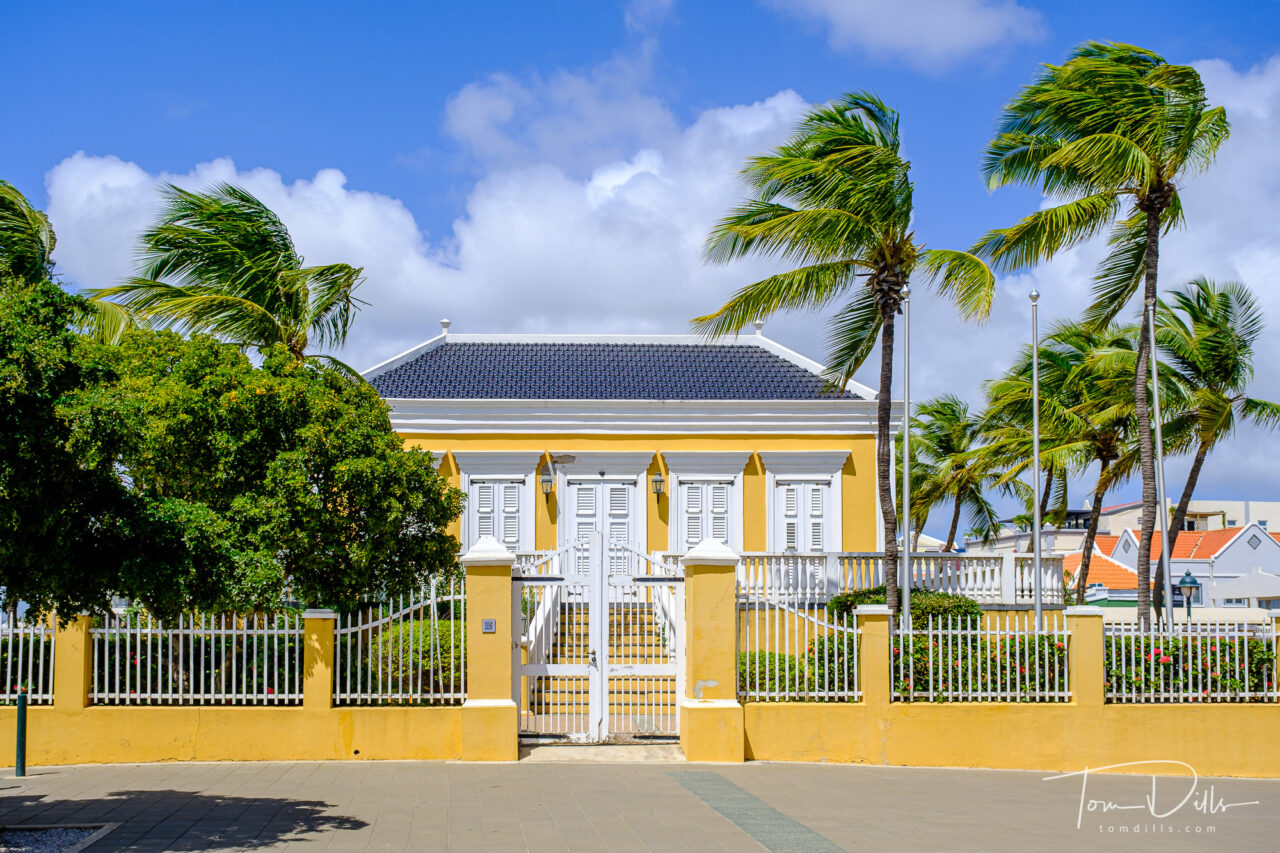
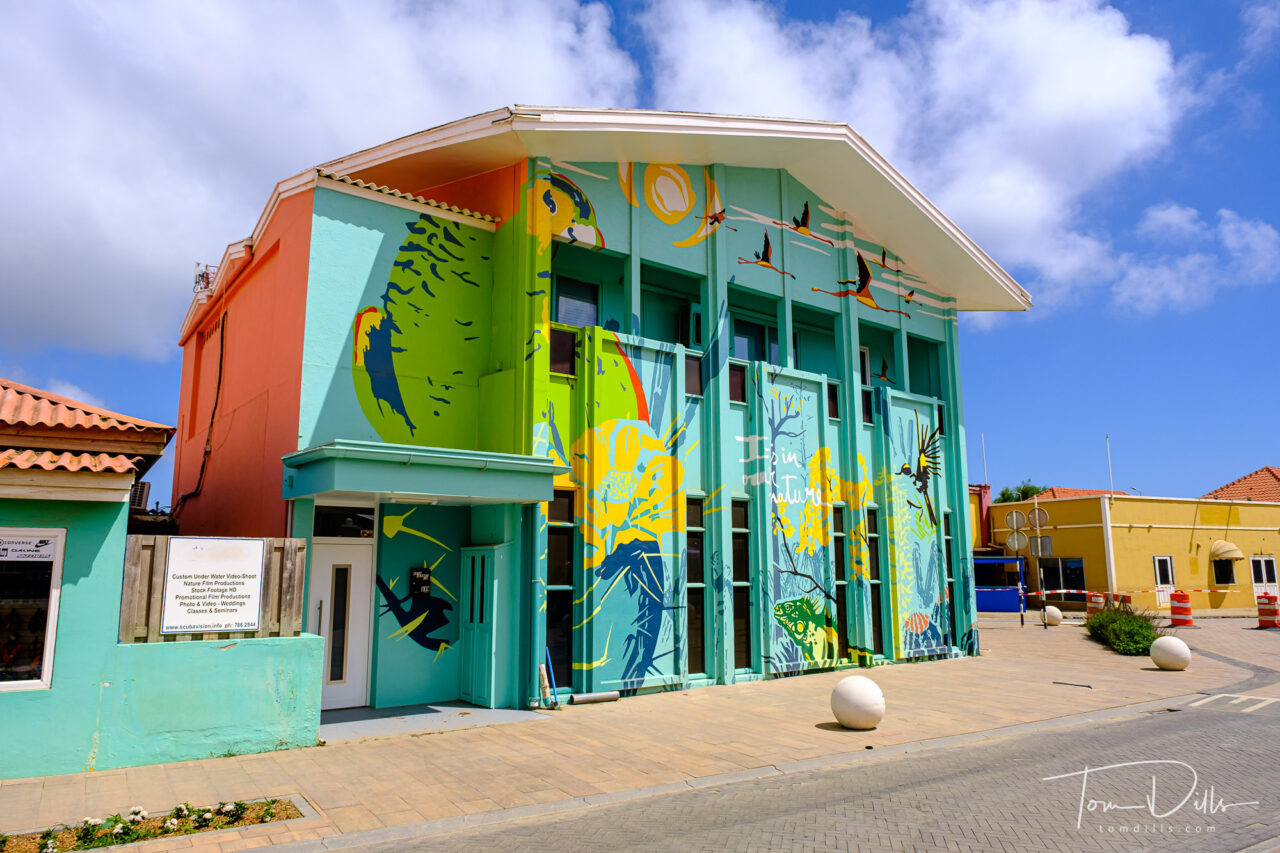
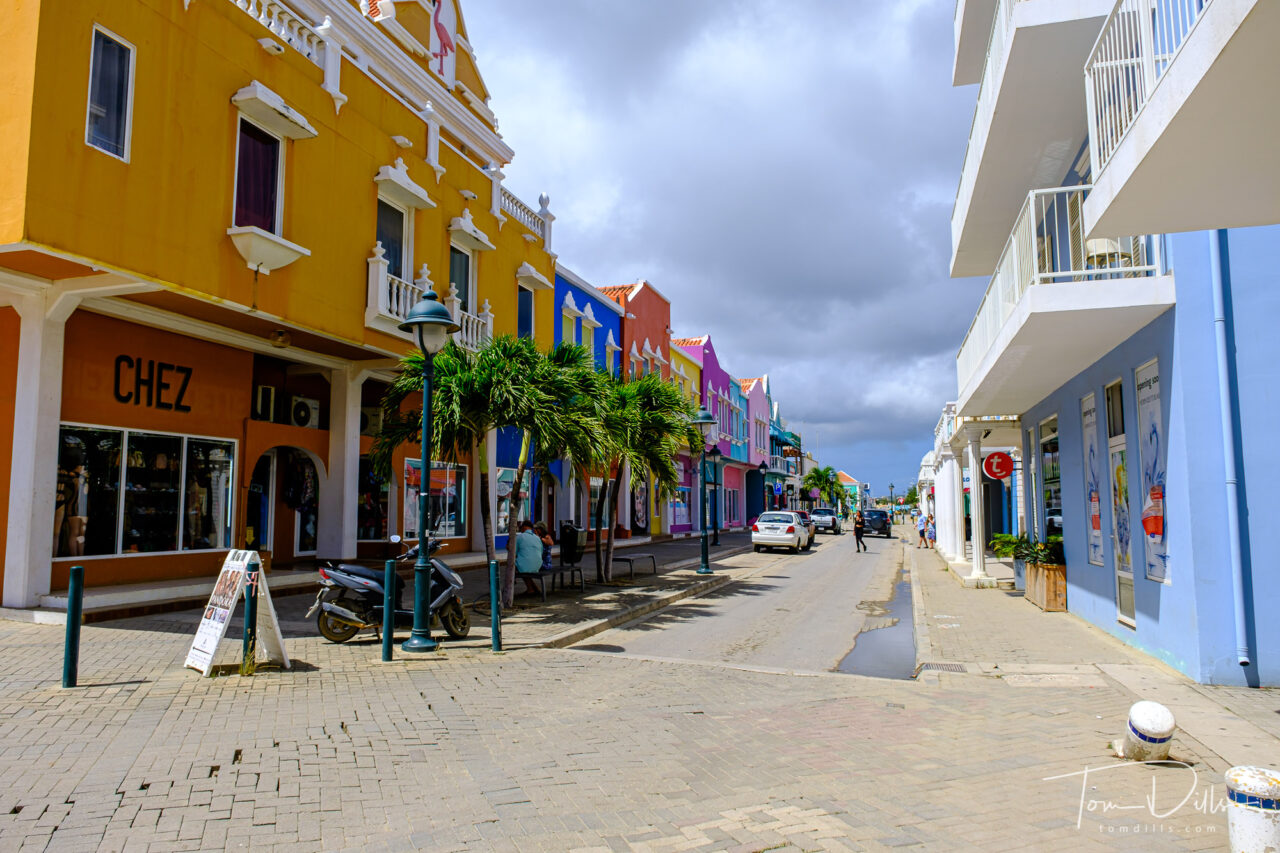
The town of Kralendijk reflects the Dutch influence of the island, in the buildings and architecture. We spent a little time walking around the area close to the ship, which included a marketplace with locally made arts and crafts. A good place to pick up a flamingo souvenir!
Bon Salud! (Cheers!)
